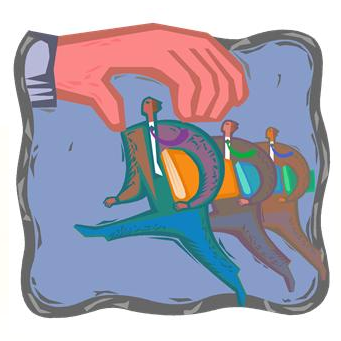Working Successfully with eDiscovery and Litigation Support Service Providers: Intro to Preparing RFPs

In the past several weeks, we’ve talked a lot about working with service providers. We’ve covered what to look for when you’re evaluating vendors, how to select vendors, how to monitor vendor work and prevent problems, and how to establish and manage a preferred vendor program in a law firm.
In the next few posts (which will conclude this vendor series), I will give you some very concrete information that will help you to generate good requests for proposals (RFPs). A good RFP has two essential elements:
- Information that you provide about the case, your requirements and your expectations. A vendor can’t provide you with good schedule and cost information if you haven’t provided good information to the vendor.
- Information that you request of the vendor. You’ll have lots of questions about the vendor’s services, capabilities, flexibility, capacity, qualifications and costs.
We’re going to look at several electronic discovery services – for example, ESI processing, and ESI hosting – and we’ll walk through the information pieces that are important. For each service, I’ll make suggestions for the information that you should provide, and I’ll make suggestions for the questions that you should ask. When the blog series is complete, you should have a good resource of information points and questions to include in your RFPs.
What type of information do you provide to a vendor in a RFP? Please share any comments you might have and let us know if you’d like to know more about an eDiscovery topic.







